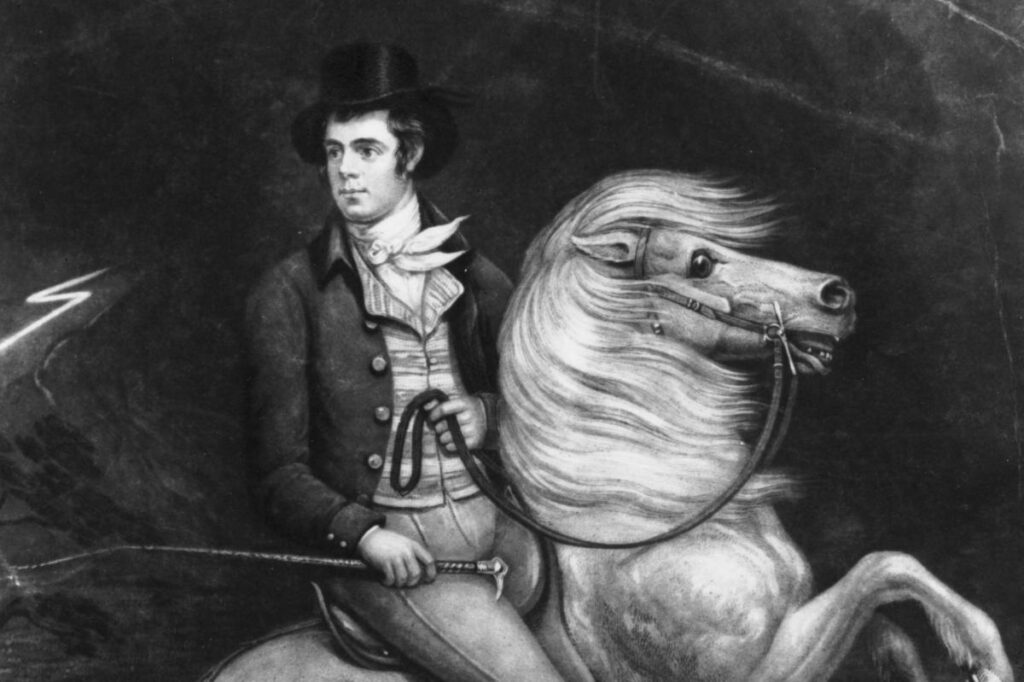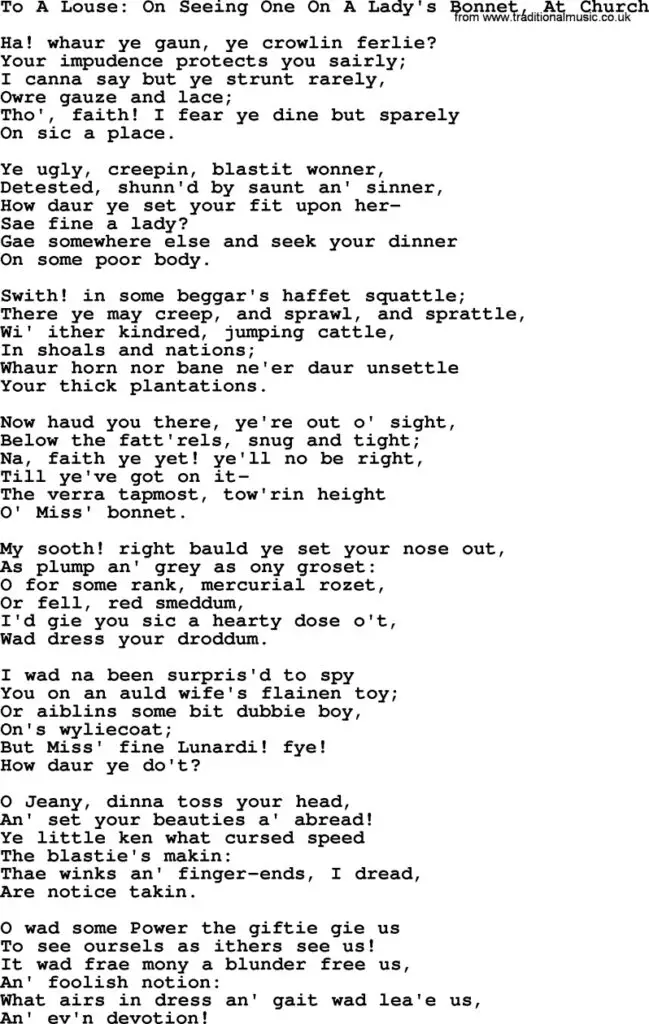Robert Burns is a true follower of eighteenth-century poetry and his works also reflect the facts. He was a farmer at the beginning of his life and later he becomes a poet. ‘How Can I Keep My Maidenhead’ is one of the best poems of Robert Burns.
The title of the poem means that the poet wants to stay with his maid hood. This is a term that naturally goes with the female but here the poet is asking probably for himself.
Table of Contents
Summary
In the first stanza, he utters what he had written in the title. How he will keep his maidenhead. So the term ‘maidenhead’ is very relevant for the poet because in the next line he further highlights the maidenhead.
“How can I keep my maidenhead,
Among sae mony men, O.”
Here, the poet is uttering that he wants to let his maidenhead stay long among the men of society. So, what the poet is exactly stating is not very prominent. In the send stanza, he speaks on something else.
According to the poet, the captain is bad for Guinea. Guinea is a country in Africa maybe here he tries to say that the captain is not for the country. A Guinea is for it only a Guinea. So, the poet does not like the captain and that is why his speech is clumsy. Now in the last line, he utters that the colonel did bad that is why.

In the third stanza, where he stated that he will do like Minnie. Again he repeated the phrase “my minnie did, my minnie did”. Through this line, he is highlighting the work of ‘minnie’ probably a pet of Robert Burns. He will do the same that his minnie did.
“For siller, I’ll hae nane, O.”
So, the poet will have the name for a siller. That is what that his minnie also did. Then he further utters that he will give it to a ‘bonie lad’ that means a young beautiful boy. Like the previous stanza again he utters the same line like ‘a bonie lad, a bonie lad’. He will give it to the lad because to do some goods. ‘gude’ is a Scottish term that stands for good.
“An auld moulie maidenhead,
A maidenhead, a maidenhead;
An auld moulie maidenhead,
The weary wark I ken, O.”
Here, the poet enunciates about an ole black maidenhead. The person is having a weary pain that is not showing. So, here he portrays the position of the maidenhead. He is an old man but from where his pain is coming that has not been shown.
In the last stanza, here he utters that the stretching on it and striving on it. Who is stretching that is not very clear. Poet is addressing an exercise. It is also boring and riving. Probably he is talking about that moulie man who is trying to keep the maidenhood longer.
Again it is doubly driving on it and seems that it is going to the deeper lever to the inside. So this is who summary of the poem.
Analysis
Robert Burn mainly focuses on the maidenhood of a person that everybody wants to hold. But what is the motive of the poet is that with time it passes away and none can hold it for the whole life. In every stanza, Burns expresses his vision through different factors.

He takes the reference of minnie, moulie maidenhead, bonie lad, etc. So these are all that play an important role to express his own vision. Maybe this is the poet also who wants to hold it. This is how the poem goes and comes to an end.
Theme
There is no prominent theme that Burns follow. But one theme that comes in the plot is cherishing tendency. Throughout the poem, he makes people cherish their maidenhood. The way he uses is not very clear and the language that he used is also complex. So that the themes are not coming.
Literary Device
A literary device is one of the major parts of a poem because it produces rhythm, style, figures of speech, etc. We have a rhyme scheme that is “aaab cccb dddb eeeb eeeb cccb”. The poem also follows some devices and the most interesting is ‘Syncope’.
Syncope is a rhetorical device that means writing a word using an apostrophe. In this poem, Robert Burns used this maximum time like,
“for’t”, “o’t”, “I’ll”, etc. Then comes another literary device called Alliteration.
Alliteration is the repetition of the same sounds in a single sentence just like,
“My minnie did, my minnie did”
Here, the ‘M’ sounds are being repeated many times.
Another major rhetorical device is Anaphora. It is the repetition of words at the beginning of two lines like,
“I’ll gie it to a bonie lad,
… I’ll gie it to a bonie lad,”
So, in the case of this poem, the repetition of words and phrases is quite normal. In every stanza the poet used it.
Fragmentation is also a part of the poem. The poem is having six stanzas and in each stanza, the poet is saying something different that is not matching with the previous one.
Questions and Answers
What kind of poet was Robert Burns?
Robert Burns is a Scottish poet.
What language did Robert Burns speak?
Robert Burns uses to speak in English and Scottish.
Why was Robert Burns important?
Robert Burns is a national poet of Scotland that is why he is important.
